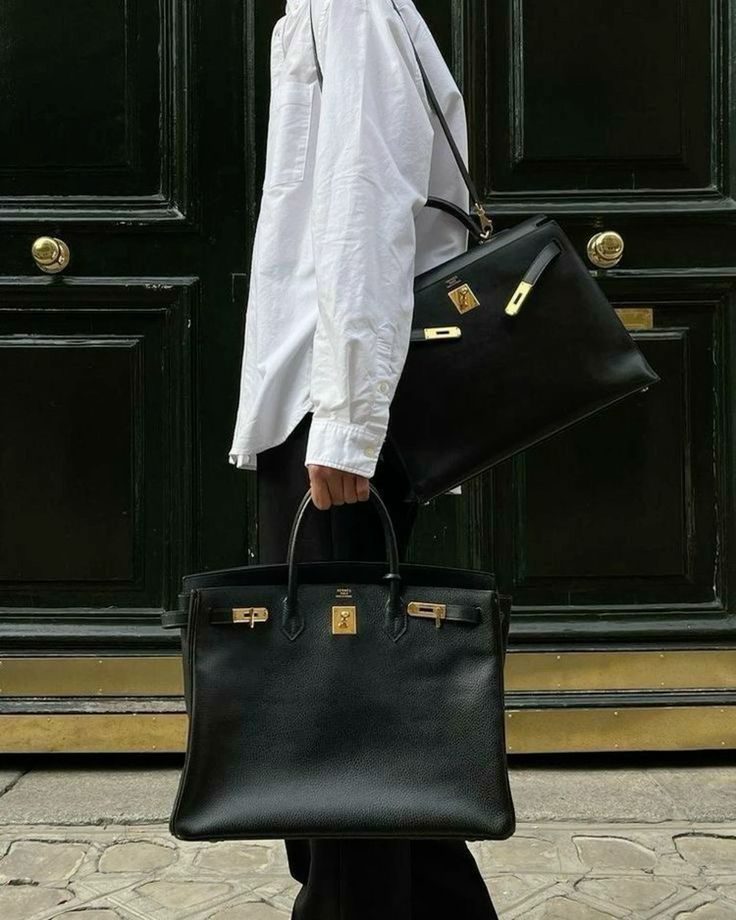This is probably the worst time to buy secondhand designer bags! The last 12 months have been a rollercoaster in the fashion industry, and honestly, I’m not surprised. After over a decade of scrolling through social media, especially Pinterest, I’ve never seen so many designer bags flooding the market from so-called secondhand online stores.
Take Hermès bags, for example. They used to be sold exclusively through select, trusted stores and were almost never spotted on social media. But now, it feels like you can snag a Birkin from just about anyone. Not all of these sellers claim the bags are secondhand, but plenty try to pass them off as authentic. We’re at the peak of the superfake era, and I don’t see that changing anytime soon. People want the design of a high-end bag, but many can’t or won’t pay the steep price, so they turn to super fakes. Personally, I don’t mind that. I’ve seen a few bags that nearly had me reaching for my wallet. But the real issue starts when super fakes are sold as the real deal.
One secondhand store, The RealReal, has built a reputation for selling authentic designer bags. But they’ve been caught red-handed too many times now, selling super fakes. And we’re not talking about just any fakes—we’re talking superfake Birkins. When it happens repeatedly, it’s hard to believe it’s just an accident.

On top of the super fake invasion, high-end fashion brands are also getting exposed—take Dior, for instance. It recently came out that the cost to produce a Dior bag can be as low as $57. Yes, $57! I practically gasped when I first read that. Meanwhile, these bags, especially their popular tote, are reselling for upwards of $4,000. It’s mind-blowing. Personally, I’ve never been a fan of the tote’s loud prints, and Dior has never really resonated with me. But if you haven’t seen the documentary Dior and I, go watch it—it’s worth your time.

But that’s not even the worst of it. A Milan court recently ordered Dior to be placed under judicial administration for failing to prevent labor exploitation within its supply chain. That kind of news might make people think twice about where they’re shopping. I’ve never been naive enough to believe that just because these high-end brands come with a hefty price tag, they automatically provide better working conditions for their factory workers. And I don’t think the bad press will stop with Dior. I believe we’re just seeing the start of a snowball effect, and more brands will be exposed.
Will this be the end of designer brands? Not likely. What we’re witnessing is these luxury labels struggling to generate sales while simultaneously being called out—and rightfully so. They’re trying to stay relevant by aligning with what people want today, but in doing so, they’ve lost their spark. High-end fashion used to set itself apart from fast fashion with unique, intriguing campaigns. Nowadays, those campaigns are anything but captivating or conversation-worthy. Honestly, Zara is doing a better job lately. At least they seem to understand their customers and have a pulse on what’s happening in the world.

